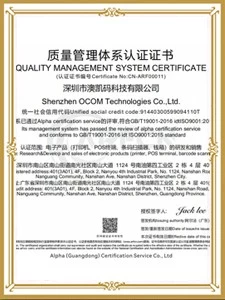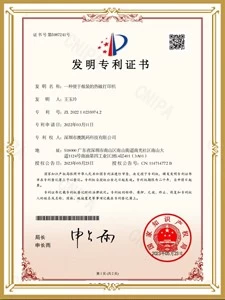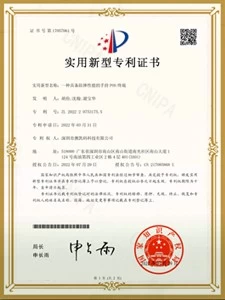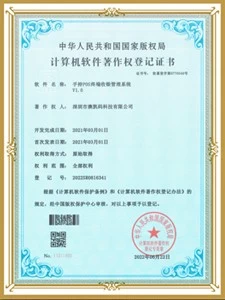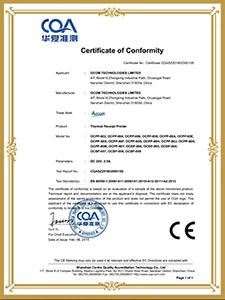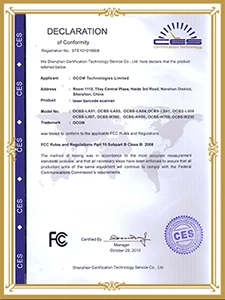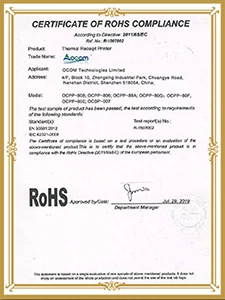Strict Limitations of Manufactory Electricity Using!!
Our government has published a “dual control of energy consumption” policy, which has had a certain impact on the production capacity of some manufacturing companies, and the delivery of orders in some industries has to be delayed. It is involved in GuangDong, JiangSu, ShanDong, YunNan, QingHai, NingXia, GuangXi, SiChuan, HeNan, ChongQing and NeiMengGu Provinces. OCOM is located in Shenzhen City Guangdong Province. This policy was started from September 16th in our province. The workshop need to rest 5 days + work 2 days in a week!!
Reference: https://www.163.com/dy/article/GKIGAGRC0514D0GJ.html
In addition, the China Ministry of Ecology and Environment has issued the draft of "2021-2022 Autumn and Winter Action Plan for Air Pollution Management" in September. This autumn and winter (from October 1, 2021 to March 31, 2022), the production capacity in some industries may be further restricted.
Based on current condition, we do appologize if any delay on delivery time. Hope you can understand! Meanwhile, to mitigate the impact of these restrictions, we recommend that you place an order as soon as possible. We will arrange production in advance to ensure that your order can be delivered on time.
If you have any questions, please contact us and we will respond to you as soon as possible.
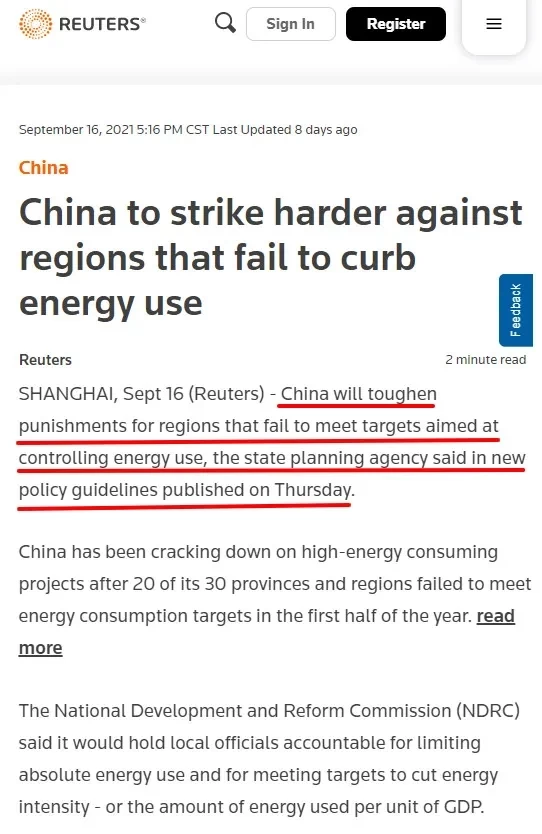
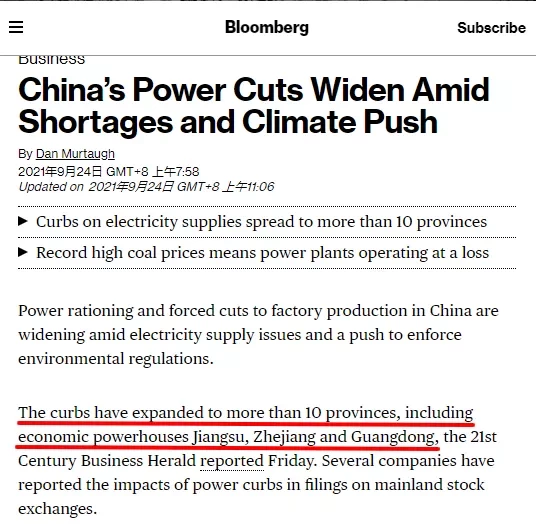
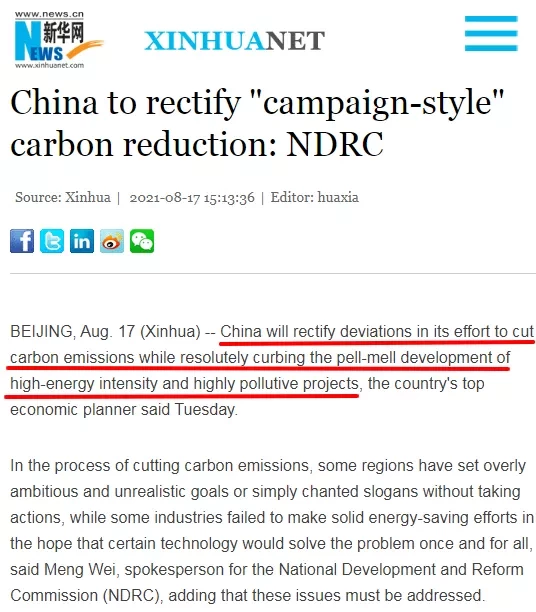
By the way, following is some information to help you understand why this policy was published.
(** Ref.: "China's Energy Development in the New Era" White Paper (4) (Chinese-English))
III. An All-Round Effort to Reform Energy Consumption
China perseveres with its fundamental national policy of conserving resources and protecting the
environment. Prioritizing energy saving, it understands that energy conservation means increasing
resources, reducing pollution, and benefiting humanity, and exercises energy saving throughout the
whole process and in all areas of economic and social development.
1. Implementing a Dual Control System of Total Energy Consumption and Energy Intensity
A dual control system of total energy consumption and energy intensity is in place. China sets the
targets of total energy consumption and energy intensity for different provinces, autonomous regions
and municipalities directly under the central government and applies oversight and checks over the
performance of local governments at all levels. It has introduced the energy-saving index into the
performance evaluation system of eco-environmental progress and green development, to guide the
transformation of the development philosophy. It breaks down the dual control targets of total energy
consumption and energy intensity for key energy consumers, and evaluates their performance
accordingly to strengthen energy-saving management.
2. Improving Laws, Regulations and Standards for Energy Conservation
China has revised the Energy Conservation Law. It has put in place an energy-saving system in key
areas including industry, construction and transport as well as in public institutions. It continues to
improve the supporting legal institutions for energy conservation supervision, energy-efficiency labeling,
energy-saving checks on fixed assets investment projects, and energy conservation management of
key energy consumers. It has strengthened standard-setting as a constraining factor and improved
energy-saving standards system. It has carried out 100 projects to upgrade energy efficiency
standards, enacted more than 340 national energy-saving standards, including almost 200 mandatory
standards, covering most high energy-consuming industries and final energy consumption products.
China has strengthened oversight over energy-saving law enforcement, reinforced operational and
post-operational supervision, and exercised strict accountability for law enforcement to ensure the
effective implementation of energy conservation laws, regulations, and mandatory standards.
3. Improving Energy-Saving and Low-Carbon Incentives
Corporate income tax and value-added tax incentives are awarded to energy-saving businesses.
China encourages the imports of energy-saving technologies and equipment, and controls the exports
of energy-intensive and heavy-polluting products. China is improving the green financial system, and
makes use of energy efficiency credits and green bonds to support energy conservation projects. It is
exploring new ground in pricing to advance green development. Differential pricing, time-of-use pricing,
and tiered pricing for electricity and natural gas have been adopted. China is improving its policies of
environment-friendly electricity pricing to arouse the enthusiasm of market entities and the public in energy
conservation. It has conducted trials of paid use of and trading in energy-using right in four provinces and
cities including Zhejiang, and carbon emissions trading in seven provinces and cities including Beijing.
The government is promoting energy performance contracting (EPC) and developing integrated energy services,
and encourages innovations in energy-saving technology and business models. It has strengthened the
management of demand-side power use and implemented a market response mechanism to guide the economical,
orderly and rational utilization of electricity. A “leader board" of best energy-savers has been put in place to increase
the efficiency of final energy consumption products, energy-intensive industries, and public institutions.
4. Improving Energy Efficiency in Key Areas
China is doing all it can to optimize the industrial structure, develop advanced manufacturing, high-tech
industry and modern services with low energy consumption, and promote the intelligent and clean
transformation of traditional industries. China has sped up the transformation to green, recycling and
low-carbon industry, and implemented green manufacturing on all fronts; put in place monitoring, law
enforcement and diagnostic mechanisms for energy conservation, and carried out energy efficiency
benchmarking; raised the energy-saving standards of new buildings, expanded the energy-saving
renovation of existing buildings, and improved the structure of energy consumption in construction.
It is developing a highly efficient and comprehensive transport system with lower energy consumption,
promoting the use of clean energy in transport, and enhancing energy efficiency of vehicles and other
means of transport. It is building energy-saving public institutions, to set an example for the rest of society.
A market-oriented system of green technology innovation will be put in place to encourage the R&D, transfer
and popularization of green technology. China is promoting national key energy-saving and low-carbon
technologies, particularly for the transport sector, and energy-saving industrial equipment. The government
encourages extensive public involvement in energy conservation, and is raising public awareness of frugality,
promoting simple, modest, green and low-carbon lifestyles, and opposing extravagance and excessive
consumption.
5. Promoting Clean Final Energy Consumption
Focusing on the Beijing-Tianjin-Hebei region and its surrounding areas, the Yangtze River Delta, the
Pearl River Delta and the Fenwei Plain (the Fenhe Plain, the Weihe Plain and their surroundings in
the Yellow River Basin), China is working to reduce and find substitutes for coal consumption, and
taking comprehensive measures to control the use of bulk coal. It is promoting clean and efficient
coal-fired furnaces, and replacing inefficient and highly-polluting coal with natural gas, electricity and
renewable energy. Now, fiscal and price policies are in place to support clean heating in winter in
northern China to improve air quality. China is replacing coal and oil with electricity in final energy
consumption, and popularizing new energy vehicles, heat pumps, electric furnaces, and other new
forms of energy consumption. It has strengthened the development and connectivity of natural gas
infrastructure, and made the use of natural gas more efficient in urban areas, as well as in industrial
fuel, power generation, and transport. It is promoting natural gas CCHP (combined cooling heating














